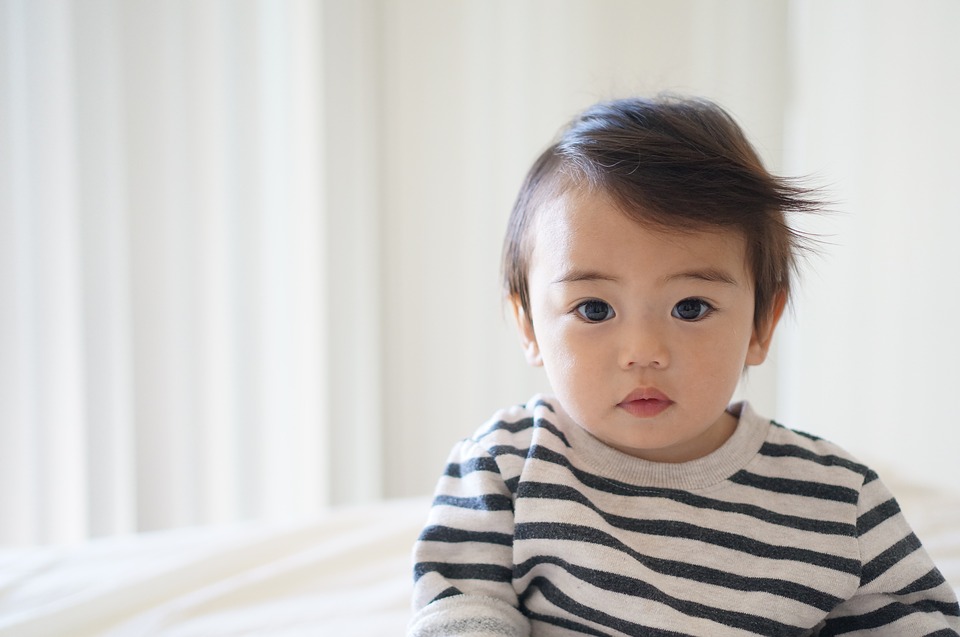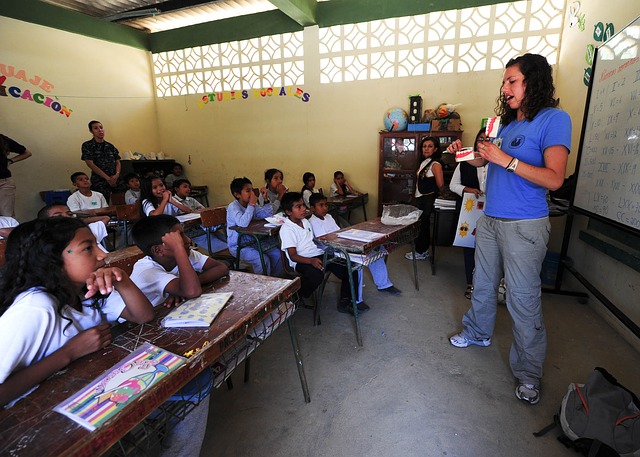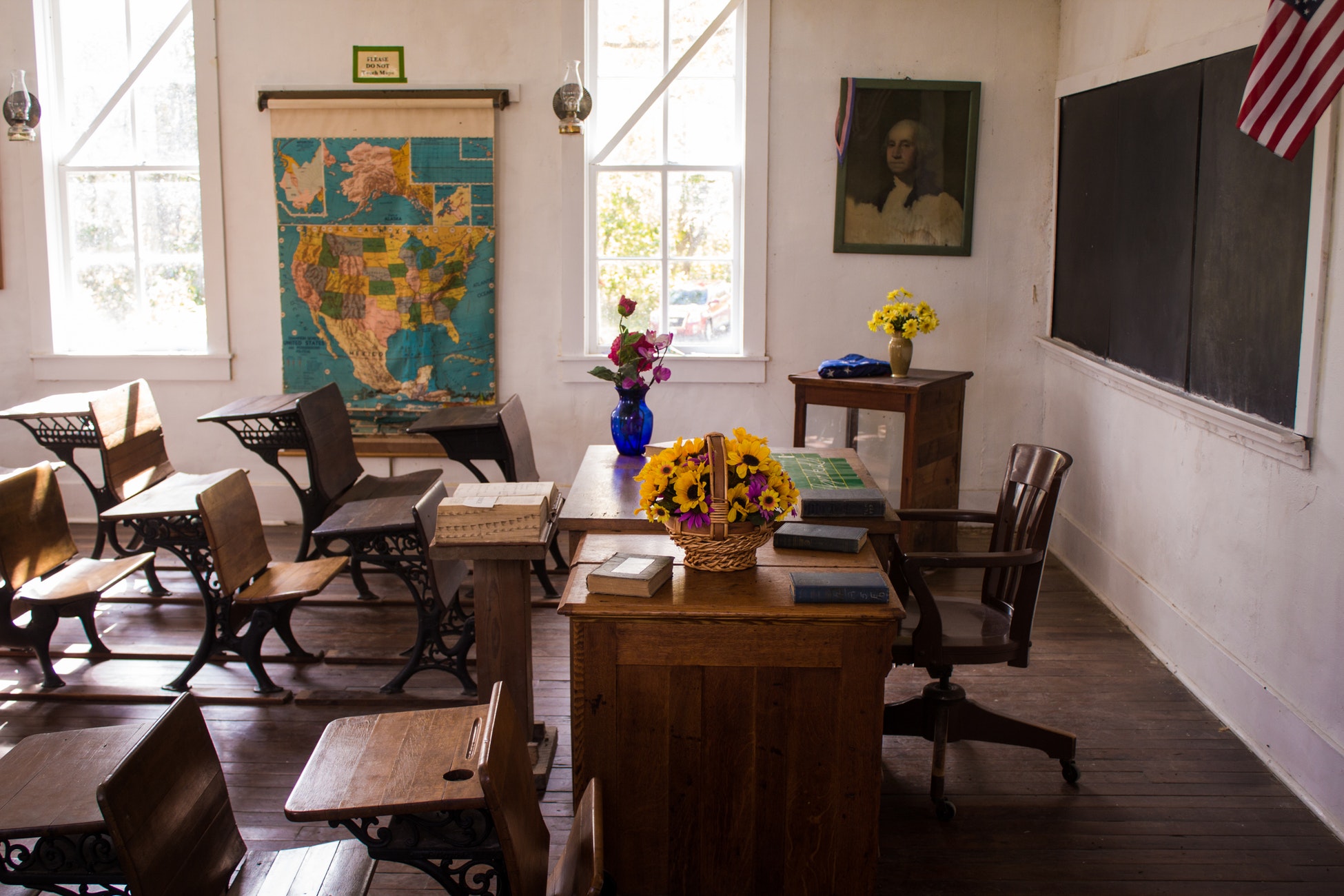Japan’s free preschool education starting October announcement was met with jubilation by parents. Educationists in the country and around the globe also celebrated the move. However, there’s a side note: the nurseries are concerned for the sudden increase in the students that have applied and are waiting anxiously to get accepted.
This policy by Prime Minister Shinzo Abe allows children from the age of 3 (2 in-case of belonging from low-income families) to 5 to access the free pre-school education. This is one of the strategies by the government in an effort to reduce the financial burden of education on families. This will also give more employment opportunities for day-care workers.
The number of students that are on the waiting list is a few shy of 20,000 at this moment. With free-preschool, this number is expected to grow. Despite government efforts, it seems highly unlikely that the day-care facilities will be able to accommodate all the waitlisted applicants. The downside to any plan for free preschool education is the lack of foresight and judicious planning.
This move, in the Japan political arena, has gained mixed reviews. Some believe that this will make a limited impact, while some believe that parents would be more eager now to start their children’s education after all it is completely free.
Difficulties of free preschool education
Free preschool education costs are cut to zero, and yet, parents have questioned the sincerity and quality of the nurseries. As per the policy guidelines, nurseries have to ensure free meals to all the students, but there are many nurseries charging the meals they provide.
Nursery teachers believe this will make the parents more alert regarding how much they are paying on a monthly basis. With this, nurseries need to ensure the quality of the food to be no less than good. There are a lot of applications for Sunday day-care and services that are more than 12 hours per day. This might affect the children in the long run.
The policy has allowed the families in which both parents are the bread-earners to work with more freedom, but the long term effects of free preschool education, especially on children, can only be seen in 2020.
Meanwhile, a potential source of income for Japan from the influx of international students is yet in its early stages. The Japanese Ministry of Education had already set plans in motion to help international students in Japan to help adjust to Japanese culture. Perhaps the primary requirement for the Japanese language as a medium for all communication can be relaxed a bit?







